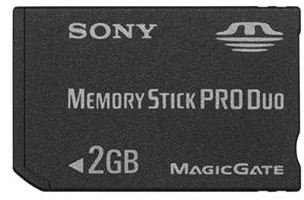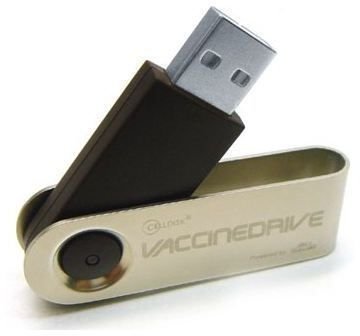Memory Sticks versus Flash Drives: Which One is Better?
Introduction
In the memory sticks versus flash drives debate, it all boils down to user needs. Before we delve into the details of the memory sticks versus flash drives battle, let’s first discuss what these two pieces of storage media are. This article will help you differentiate one from the other.
Flash Drives
Any device with a USB port, whether it is a computer or a portable media device, can support flash drives. A flash drive is an integration between a USB interface and flash memory data storage. It replaced the floppy disk as the primary portable storage device for computer data. It is more compact, more durable, smaller and it can contain more data than its predecessor.
It can transfer photos, videos and digital files faster than optical disk drives and it can be read by computers with modern operating systems like Linux, Mac OSX and Windows. It is given the designation “drive” because when it is connected to a computer, the computer uses the same system commands to read and write data from it as it does with optical disk drives. Also, it appears on the computer as just another disk drive.
Memory Sticks

Memory sticks are usually used in digital cameras, video cameras, mobile phones and other portable media devices. They typically need specialized ports or readers so they can gain access to a desktop computer or a laptop. Usually, they appear as flat card-like devices that are very light and compact, which makes sense because they are used by small and compact portable devices.
Memory sticks do not have the built-in interface that allows it to be accessed by computers directly. It needs a specialized port or a reader so the computer can read or write data on it. A memory stick is simply the storage media that can contain different kinds of media like videos, photos and other digital files.
Memory Sticks versus Flash Drives: What Should I Use?
It all depends on what you need to do. If you’re simply going to transfer data from one mobile device to another, a memory stick will do just fine. Most portable digital media devices use memory sticks for storage of digital content because memory sticks are very compact yet they offer a large amount of storage space for digital content. For transferring data to a computer, these portable digital media devices usually use a USB cable to connect to a computer. Without the USB cable, the computer needs to have a specialized port or reader for the memory stick in order for it to read and write data to and from the portable media device.
If you’re transferring or simply storing data using computers, flash drives are the most convenient storage devices that you can use. However, if you want to transfer data from a portable media device, you will be out of luck by using flash drives because most portable media devices do not support direct connections to a flash drive. The bottom line is that both storage devices are useful in different situations.
